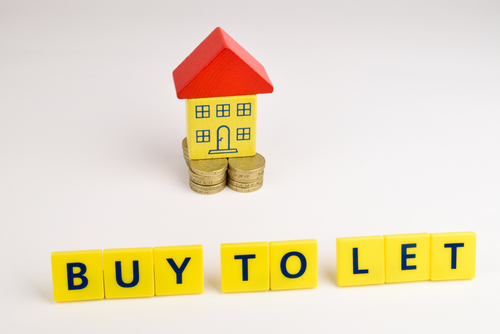
Buy-to-let landlords saw total returns of £112 billion in the last year as the private rented sector grew at pace, new figures suggest.
The private rental sector grew by 150,000 households last year, accounting for more than three quarters of new households.
A combination of household growth and robust prices means that the total value of the private rental sector increased by 11% to £990.7 billion in the year, according to the second edition of Kent Reliance's Buy To Let Britain report.
Landlords generated £111.5 billion nationwide in total annual returns, £5.8 billion more than last year.
The private rental sector is now worth 43% of value of UK's Stock Market, up from 12% in 2000.
This rapid growth has led Kent Reliance to forecast that on present trends, the sector will increase from 4.8 million households in Great Britain to 5.5 million by 2020.
Its total value should pass £1 trillion in the next four weeks.
House price inflation also contributed towards the increase in the sector's value, up a "brisk" 7.5%.
By the end of March, the average property generated return of £24,221 in rental income and capital gains, just £1,000 less than the average salary over the past 12 months. This is equivalent to 12.5%.
UK landlords enjoyed £67.2 billion in capital gains and £44.3 billion in rents.
Although that represented a decline compared to the recent peak of £137.5 billion in September, when capital gains were at their highest in at least seven years.
Andy Golding, chief executive of OneSavings Bank, which trades under the Kent Reliance and InterBay brands in Buy to let, said: "Buy-to-let has come of age, moving from a niche asset class to one big enough to rival the stock market.
"Landlords are seeing the benefit of a structural change in Britain's housing market, with tenant demand ever strengthening.
"Yes, house prices are showing signs of steadying somewhat, but growth remains brisk.
"Long-term price inflation is not in danger, given the gaping chasm between growing demand for housing and the number of houses being built each year.
"Supporting the growth in the number of experienced landlords with growing portfolios is crucial to providing the investment necessary in the sector to match demand.
"The mortgage market is playing its part, with remortgaging vibrant, and an increasing array of second charge options to suit landlords' needs."













Comments